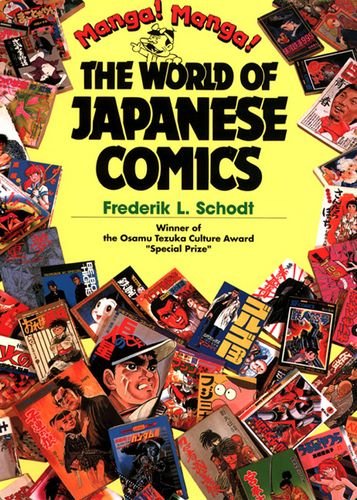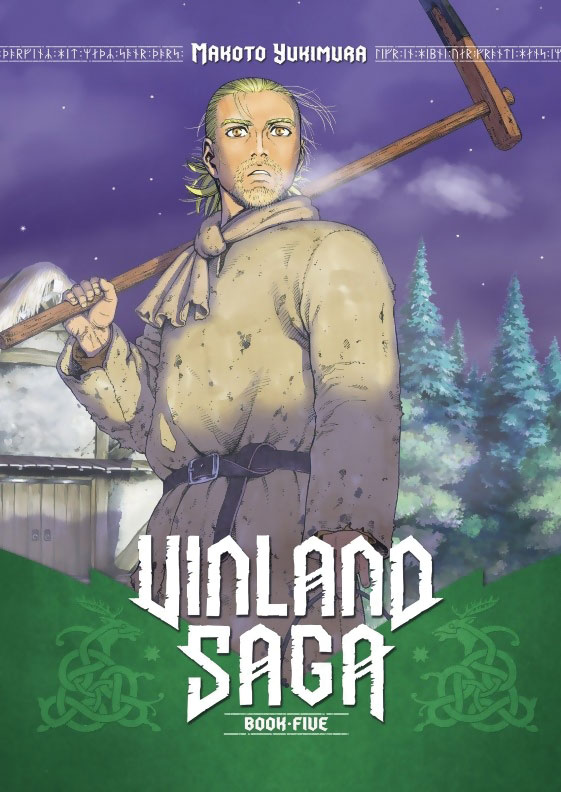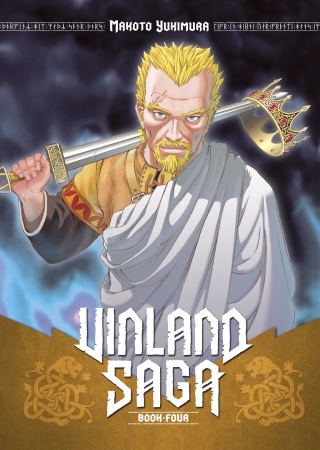Author: Frederik L. Schodt Publisher: Kodansha ISBN: 9781568364766 Released: January 2013 Original release: 1983 Awards: Japan Cartoonists Association Award Initially released in 1983 and then …
Continue Reading about Manga! Manga!: The World of Japanese Comics →





